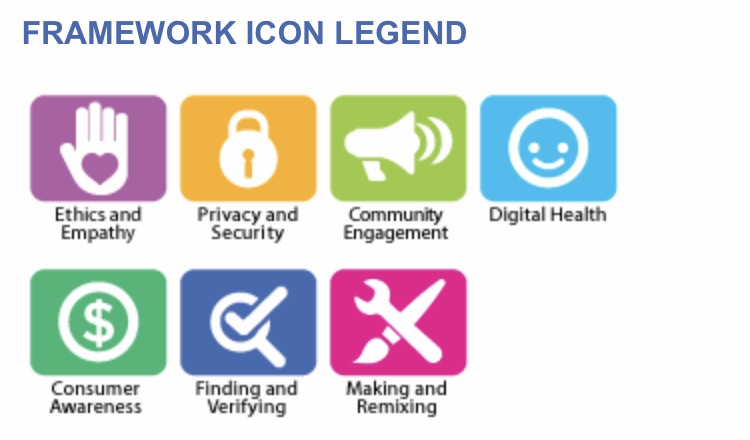When approaching digital literacy in the classroom, I always wondered what that would look like in an early elementary setting. Depending on the grade, some students may be unable to read yet, but we know that they are still being exposed to technology. After discussing digital literacy in class, I searched for some suggestions on how to approach digital literacy in a K-3 classroom. Fortunately, I came across a fantastic Digital Literacy Framework by Media Smarts. This website addresses how young children are using digital technologies, but they often have difficulties distinguishing fantasies from reality. This framework suggests that students should be introduced to digital literacy skills such as search strategies, privacy protection, the idea that things posted online last forever, and the idea that people we interact with online have feelings.

This website also includes lesson plans focusing on digital literacy. Many of these plans can easily tie into cross-curricular outcomes. For example, the grade 2-3 lesson focusing on online food advertisements relates to the grade 2 health outcomes focusing on healthy eating. The lesson plans also include extension activities for parents and guardians that can be completed at home to supplement learning.
Obviously a huge part of digital literacy is the ability to identify fake news and recognize reliable sources. Media Smart also has a lesson plan posted for how to introduce this idea to K-2 students. This can be a complex concept for young students to understand, as they believe that the internet is a place that you can access information without the realization that the information may not be valid. This lesson plan allows students to see outside of the “frame,” and understand that what is shown online or on tv is often only a small part of a bigger picture and may not be real.
Higher grades often have a better understanding that information online may not always be valid or accurate. With these students, it is important to provide them with strategies to analyze information. The article “How do we teach students to identify fake news?” suggests that teachers move away from traditional checklists used to evaluate the validity of a source. As technology continues to advance and individuals become more familiar with different techniques, fake news has become more sophisticated and these evaluation checklists are sometimes not enough to identify it. Teachers should also help students develop investigative techniques. These include websites such as Snopes and Hoax Slayer, which can help students identify the reliability of a source. Students should be learning how to identify biases, which will help them understand what perspectives information is written from. This strategy will help students analyze information and how it is being presented. Teachers should also incorporate real world examples of fake news into the classroom. Showing students these examples allows them to understand how prevalent the issue of fake news is and why it can cause problems.
In a video by John Spencer, he talks about how he addresses the issues fake news with his students by “helping students identify fake news with the 5 C’s of critical consuming,” which allows students to ask questions that help them recognize how reliable the source is. The 5 C’s he uses are:
- Context: What is the context of the article? When was it written? Have events changed since the article was published?
- Credibility: What is the credibility of the source? Does the website have a good reputation? Does the author use credible sources?
- Construction: What is the bias? Is there anything missing? Can you identify what is fact and what is opinion?
- Corroboration: Can you find the same information from other sources?
- Compare: Can you compare this to other news sources? How are they the same and how are they different?
When students ask these questions, it allows them to think critically and find accurate information.
As teachers, it is our role to include digital literacy in our classroom. Not only is digital literacy important in keeping our students safe, but it contributes to a better world where harmful misinformation is not spread.